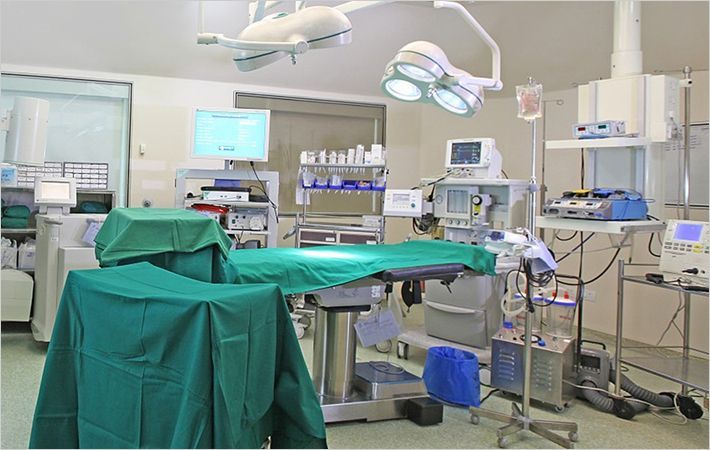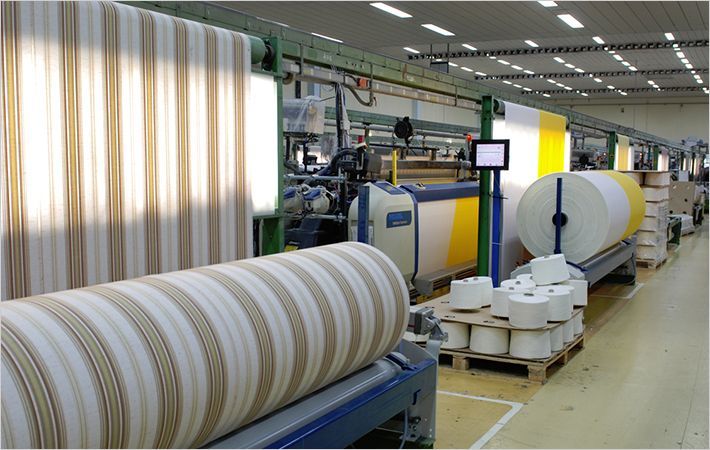Among the topics addressed will be automotive and aviation applications and applications in the domain of renewable energies. Having established the Composites Project House, the specialty chemicals company is intensifying its strategic research for resource-efficient, sustainable solutions, particularly in the field of mobility.
"Our aim in setting up the Composites Project House is to expand our expertise in the field of composites. Innovative composites will make it possible to improve resource efficiency significantly at the same time," says Dr. Dahai Yu, Evonik’s Executive Board member responsible for the Specialty Materials segment, who believes that composite materials for the lightweight construction sector are an attractive market for Evonik.
In some market segments, the composites market is growing by a double-digit percentage. Evonik has been offering composites for specific applications in the lightweight construction industry for some time now: ROHACELL as a structural foam in fiber-reinforced composite parts, VESTAMIN as the hardener component for duroplastic matrix systems, and VESTAKEEP as a matrix for thermoplastic composites, to name just a few examples.
A composite consists of at least two different materials, such as a matrix material and reinforcing fibers. It is characteristic of composites that the starting materials remain physically distinguishable. The mechanical properties of the composite differ from those of the starting materials, however. Dr. Sandra Reemers, head of the Composites Project House, explains: "By selecting the right starting materials and assembling them, the process as well as the properties of the composite can be customized for a particular application."
The issues being worked on at the Composites Project House are current and future customer requirements such as rapid, profitable processability of the composites. "One of our aims in this project house is to develop materials that can be processed as quickly as thermoplastics but that are ultimately similar to duroplastic composites. Duroplastics have a very high level of mechanical stability and do not deform under pressure," says Reemers.
"Take, for example, the auto industry, where up to now composite parts have only been able to be installed in small quantities and only after the coating has been burned in. The goal here is to develop materials that can be installed in the same way as metal components, i.e. before the paint is applied."

